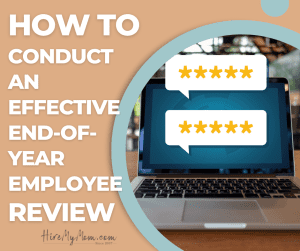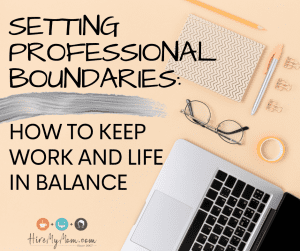How to Manage a Remote Team Successfully as a Business Owner

As a business owner, managing a remote team can be a challenge. From establishing communication protocols to maintaining productivity, there are many elements to consider when working with a distributed team. If you’re looking for advice on how to get the most out of your remote team, then this blog post is for you. Here, we will discuss tips and strategies for how to effectively manage a remote team as a business owner, so that you can maximize the potential of your employees and ensure success for your business.
Create a Company Culture
A strong corporate culture gives your team members a sense of purpose and unity, which is key to building trust and promoting collaboration. To create a successful company culture for your remote team, start by defining your mission and values, and make sure they are reflected in all aspects of your work. Provide guidance on how you expect people to interact with each other, both online and in person. Encourage open communication, transparency, and collaboration. You can also take steps to make your remote team feel more connected. Consider holding regular virtual meetings or video chats to discuss projects and tasks. Establish a team workspace where everyone can share ideas and updates. Additionally, consider offering incentives such as recognition for excellent work or rewards for reaching goals.
Hire the Right People
You want to make sure that you’re selecting individuals who have the skills and experience necessary for the job. It’s also important to consider the types of personality traits and communication styles that will work well in a remote environment. To ensure you hire the right people, it’s important to take the time to develop a comprehensive job description that clearly outlines the roles and responsibilities of each position. This will allow you to determine the exact type of person you are looking for. Once you have a clear idea of what you need, you can start your recruitment process. When interviewing potential candidates, be sure to ask questions that will give you an idea of how they will perform in a remote setting. Additionally, conduct a few rounds of interviews with each candidate to get a better sense of their knowledge and expertise. Finally, be sure to check references and do background checks to ensure you are hiring qualified individuals.
Set Clear Expectations
Your team should know exactly what you expect from them and how you want them to carry out their tasks. To set clear expectations, make sure to create specific goals and deadlines. If there are any policies or procedures that you want your team to follow, make sure to communicate these to your team. Also, provide feedback regularly so that your team can stay on track and make progress. When it comes to communication, be sure to specify how often you want to check in with your team and the type of updates you need from them. For example, do you prefer weekly status reports? Or would you prefer a daily check-in? It’s important that your team knows when and how to contact you. Finally, be sure to give your team an opportunity to ask questions and discuss their concerns with you. This will help them understand their roles better and build trust in the team.
Over-Communicate
Communication should be frequent and clear to avoid any misunderstandings or confusion. As a business owner, you need to be constantly monitoring the progress of each team member and staying in touch with them. This can be accomplished through video conferencing, group chats, email, and instant messaging. It is important to remember that remote employees often work in different time zones, so be aware of this when planning communication. Setting up a routine for regular check-ins and keeping an open channel of communication can help ensure that tasks are completed on time and that everyone is working together. Regular one-on-one meetings are also important to discuss expectations, progress, any challenges the team is facing, and successes they have achieved. This will help build trust between the business owner and team members, which can go a long way in ensuring a successful remote work relationship.
Use the Right Tools
As a business owner, you should invest in the best tools available that will help your remote team stay productive and collaborate. Here are some of the key tools for remote teams:
- Project Management Software: Project management software helps organize tasks, assign deadlines, track progress, and keep everyone on the same page. Popular options include Asana, Trello, Basecamp, and Slack.
- Video Conferencing Software: Video conferencing software allows remote teams to connect face-to-face, which can help improve collaboration and communication. Popular options include Zoom, Skype, and Google Meet.
- File-Sharing Software: File-sharing software makes it easy for remote teams to share documents and other types of files with one another. Popular options include Dropbox, Google Drive, and Microsoft OneDrive.
- Online Whiteboard: An online whiteboard allows remote teams to brainstorm together in real-time, even if they are miles apart. Popular options include Mural, Miro, and Stormboard.
What tips and tricks do you use to manage your remote team? Let us know so we can share with our audience!









